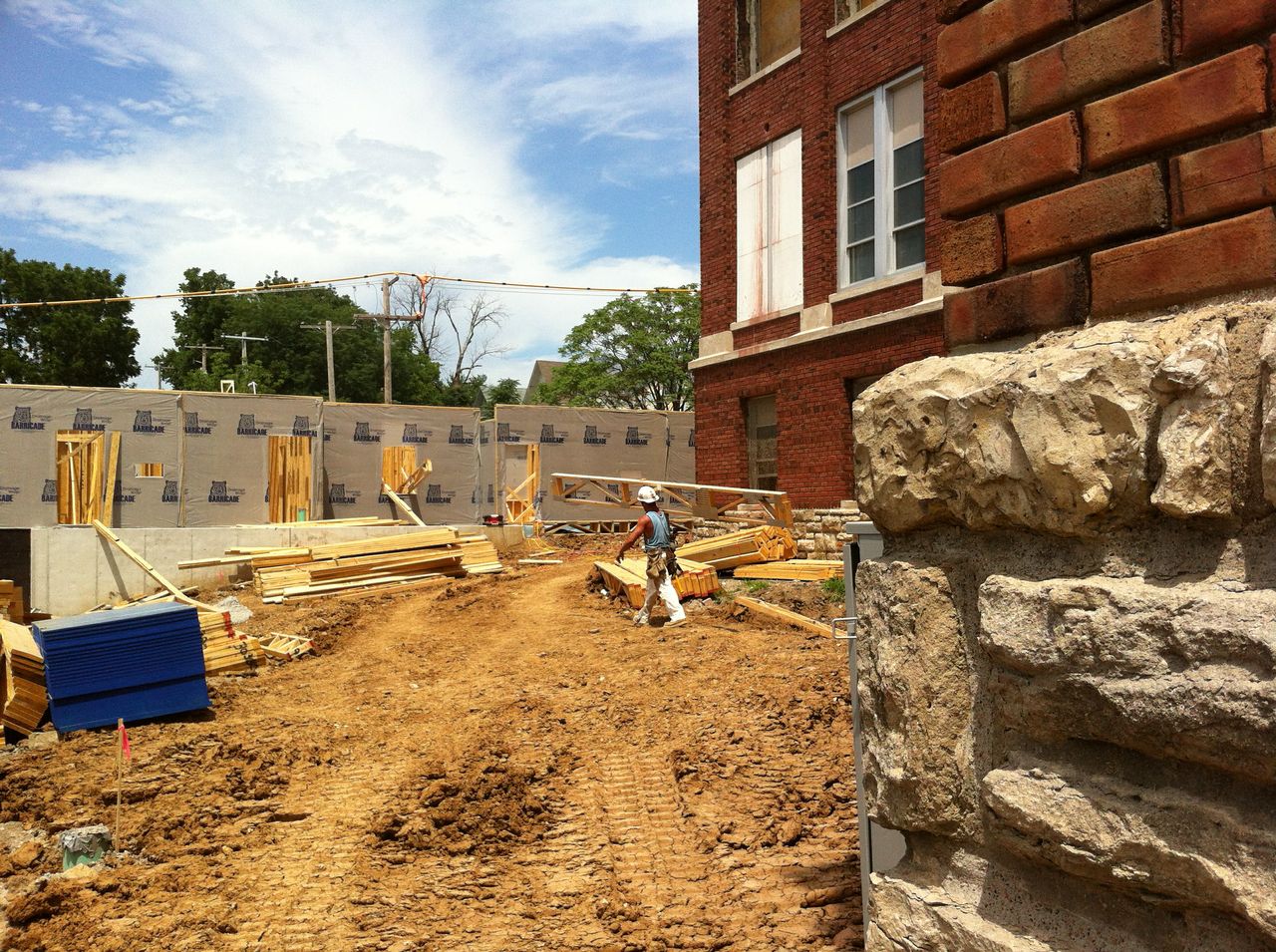Trading Students for Tenants
As schools across the nation close due to dwindling enrollment and shrinking population, school boards are learning to better market them to potential developers in hope of breathing new life into old edifices.
By Anna Spiewak, News Editor
They say sometimes one man’s misfortune is another man’s gain. But when it comes to converting shut-down school buildings for other uses, everybody seems to win.
As schools across the nation close due to dwindling enrollment and shrinking population, school boards are learning to better market them to potential developers in hope of breathing new life into old, sometimes decrepit buildings (though in some cases historic preservations). For the developer, it offers a chance to help a community while getting such a deal that it is easy to turn a profit on rental.
Atlanta, Chicago, Cincinnati, Cleveland, Kansas City (Mo.), Milwaukee, Philadelphia, Pittsburgh, St. Louis, Tulsa, Washington, D.C., and perhaps most notably Detroit are all areas where school districts have had to shut down a large number of facilities due to debt and budget cuts.
According to a report by Pew Charitable Trusts, which studied the 12 districts, since 2005 they have sold, leased or reused a combined 267 properties, with another 301 unused sites on the market.
And since empty buildings cast a shadow on a neighborhood and are costly to seal and insure, a number of school districts are forming organizations to help market the edifices accordingly and put them to use.
“Oftentimes, these buildings are the largest structure in a residential neighborhood, and if they’re allowed to deteriorate and become magnets for illicit activities—or even catch fire, as they have done in several instances—that has a big impact on the entire community,” said Emily Dowdall, a senior associate at Philadelphia-based Pew.
The public policy organization decided to study the school reuse phenomenon after its own Philadelphia school district attempted to sell 12 empty buildings in 2011. It has so far managed to sell six, but at the end of the most recent school year 24 more schools closed.
“The large-scale closure of public school buildings has become a fact of life in many American cities, and our research shows that the trend is not likely to stop anytime soon,” Dowdall added.
The most common reuse of a school building, at 40 percent of the time, tends to be conversion into a charter school. But since charter schools are seen as competition for existing schools with already struggling enrollment, some consider it a conflict of interest. So 10 percent of the time, schools are converted to housing—whether market rate or subsidized, and whether multi-family, seniors or affordable housing.
“Housing is one of the most viable options for reuse of a school, aside from converting it to another school,” said Shannon Jaax, director of the Kansas City Public Schools Repurposing Initiative. The initiative program was started in January 2011 to promote the reuse and redevelopment of 30 closed schools in that city.
“The classrooms convert really well into a one- or two-bedroom apartment,” she added. “We have quite a few sites that are strong contenders for housing—more so than other alternatives.”
The Kansas City classrooms range from 750 to 900 square feet, which is a common size for a small apartment.
The Kansas City school district started with 30 closed facilities and to date has sold six of them, with two designated for housing.
Sale prices for shut-down schools vary between $200,000 and $1 million, well below initial projections. Factors contributing to the low prices include condition and location of the buildings.
Other reuses include homeless shelters, churches, community centers and offices. Occasionally, the structures are razed to make room for shopping centers.
Since the easiest buildings to repurpose are those that have not been closed for very long, several school districts are re-evaluating their approach and attempting to move more aggressively to sell or lease facilities soon after they become empty. The districts are also discussing the possibility of making the sales more transparent to potential developers.
“Dealing with school buildings is not a traditional thing that school districts do,” said Jaax. “Most districts just hire a real estate broker to represent them.”
Given Detroit’s bankruptcy filing, it is not surprising it’s the city with the largest number of closed schools. It has also reused the largest amount of the buildings, and local developer Joel Landy is partly responsible for that. The Detroit native, through his company Cass Avenue Development (www.cassavenue.com), has relocated local businesses into four of the schools, including converting one abandoned school (Burton International) into a two-screen movie theater called Cass City Cinema, a 120-child Montessori school, several art studios, a law office and an office for a movie producer.
Another school (Jefferson) bought back in 1991 for $1,000 brings in $64,500 a month from its tenant—charter school Experiencia Preparatory Academy. All of Landy’s buildings are 100 percent occupied.
“I have found it a treasure to reuse our tax dollars and at the same time preserve our neighborhood centers and their historic built environment,” said Landy.
Read this article in its original format in the September 2013 issue of CPE.








You must be logged in to post a comment.